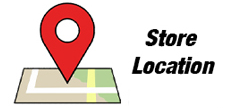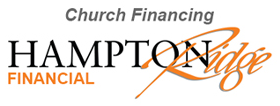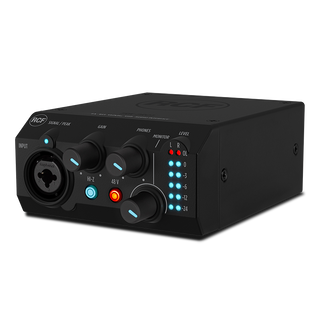RCF RDNet Control 2 Master 2-Output USB Interface (RDNet 2)
2 OUTPUT MASTER UNIT
- REAL-TIME USB DEVICE MONITORING AND CONTROL
- AUTO DETECT DEVICE PLACEMENT
- CONTROL UP TO 2 SUB-NETS OF UP TO 32 SLAVE DEVICES
- ALL DEVICES ARE CYCLICALLY SCANNED ("POLLING") 10 TIMES A SECOND
Features
- REAL-TIME USB DEVICE MONITORING AND CONTROL
- AUTO DETECT DEVICE PLACEMENT
- CONTROL UP TO 2 SUB-NETS OF UP TO 32 SLAVE DEVICES
- ALL DEVICES ARE CYCLICALLY SCANNED ("POLLING") 10 TIMES A SECOND
- Connected devices are automatically added to the software synoptic
The RDNet Control 2 is an hardware interface to connect RCF RDNet compatible devices (TTL55-A, TTL33-A II, TTL31-A II, etc.) to a Personal Computer (PC) by means of an USB connection. The RDNet system was purposely developed to create a data network for monitoring and command of more systems. The RDNet Control 2 unit can manage up to 2 subnets. Up to 32 devices can be connected to each subnet (2 subnets x 32 = total 64 devices).
The addressing of the various devices is handled automatically by RDNet Control 2 interface. Each device is assigned a unique address during the power on procedure of network. For the RDNET network operating, it is necessary to install the appropriate Software on PC, on Microsoft Windows® environment. From PC it is possible to check the operating of each single device connected to the network and edit its parameters output level, mute, equalization, delay, etc.
The network and devices configuration can be saved as file in the PC and later reloaded. RDNET is a “real-time” system: Information relating to the functioning of the devices is acquired in real-time, a feature that allows a global view of connected devices.
- Networked control and much more
- RDNet is a robust management network and control platform for small, medium and large arena-sized sound systems, as well as complex and extended installations. Based on a proprietary network protocol, RDNet provides intuitive control and monitoring of every connected device/object in the RCF audio system. Each device has DSP to address specific presets or modifications of parameters to single or groups of objects. A network user can change level, delay, EQ (linear phase FiR as well) and other settings, including advanced subwoofer configurations. RDNet is not only designed for loudspeakers—you can control parameters and routing of multiple RCF devices, such as digital matrixes or amplifiers.
- When online, the RDNet Control 8 unit sequentially scans all audio devices (10 scans per second), automatically labelling them with digital addresses. The loudspeaker objects are immediately added to the software synoptic as an object for each speaker (or any other audio device) found on the network.
Specifications
| Compatibility |
|
| Channels |
|
| I/O Connections |
|
| USB Connectivity |
|
| Maximum Number of Devices |
|
| Power Requirements |
|
| Standards Compliance |
|
| Construction Material |
|
| Dimensions |
|
| Weight |
|




















